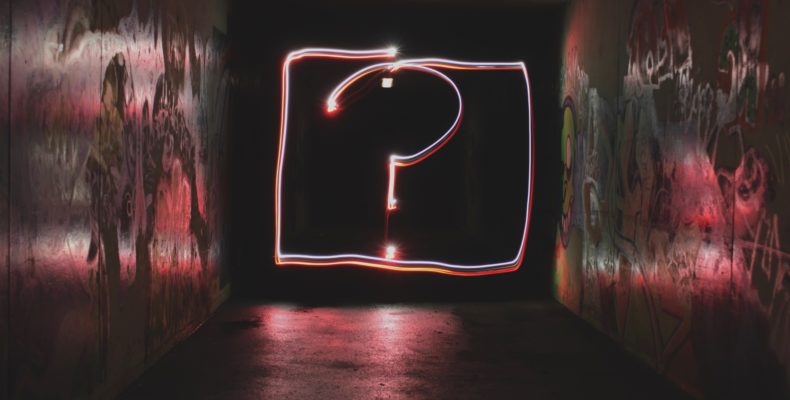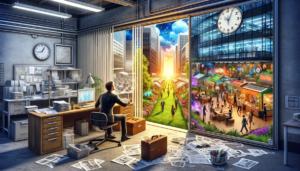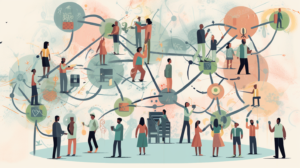March 1 marked the annual World Future Day. Organized by futurist organizations like the Millennium Project, the Association Of Professional Futurists, and the World Future Studies Federation, futurists from around the world participated in a twenty-four hour call following the various time zones to discuss latest insights into future dynamics.
I had the pleasure and honor of co-hosting the Berlin noon hour and focused our conversation around the topic of the future of organizations and the future of work. We specifically talked about capacities required to succeed in these times of VUCA (volatility, uncertainty, complexity and ambiguity).
The Millennium Project had just conducted a global study on future scenarios for 2050, published in their 19th annual State of the Future report. The introduction to the scenarios reads:
“The world is aware that the concentration of wealth is increasing, income gaps are widening, jobless economic growth seems the new norm, return on investment in capital and technology is usually better than labor, future technologies can replace much of human physical and mental labor, and long-term structural unemployment is a “business as usual” surprise-free forecast.
But the world is not aware of long-range strategies to address these issues, other than focusing education on science, technology, engineering, and mathematics. Improving STEM education is good, but insufficient to address global unemployment due to artificial intelligence, robotics, 3D/4D printing, synthetic biology, drones, nanotechnology, cloud analytics, and future synergies among these.”
After reviewing and synthesizing research from 450 futurists and other experts related to future work-technology dynamics, the Millennium project found that there were three primary scenarios for future technology-work dynamics for 2050:
- SCENARIO 1: IT’S COMPLICATED — A MIXED BAG
- SCENARIO 2: POLITICAL/ECONOMIC TURMOIL — FUTURE DESPAIR
- SCENARIO 3: IF HUMANS WERE FREE — THE SELF‐ACTUALIZATION ECONOMY
Each scenario shows possible futures and is detailed in the current State of the Future report.
Future Scenarios
2050 SCENARIO 1: IT’S COMPLICATED — A MIXED BAG
This scenario describes pretty much business as usual with acceleration of various dynamics, especially due to the advances of Next Technologies (NTs) like artificial intelligence, robotics, synthetic biology, 3D/4D printing and bio-printing, IoT (Internet of Things), drones (and other autonomous vehicles), nanotechnology, VR (virtual reality) and AR (augmented reality), blockchain, cloud analytics, and the extraordinary synergies among these technologies, with a cluster of breakthroughs in the early 2020s.
It sees a mixed bag in terms of self-employment and traditional employment structures, and, as repetitive work will be mostly replaced by machines and software, human non-repetitive creative work increases — though still with drastic variations across regions globally, mostly due to various levels of adoption of NTs.
This could lead to large scale migrations and conflicts around integration, could open doors for misuse of NTs, and would still leave about a billion unemployed, unable to make the adjustment — drugs and cyber addiction filling much of their days.
2050 SCENARIO 2: POLITICAL/ECONOMIC TURMOIL — FUTURE DESPAIR
With political leaders too mired in short-term political conflicts and “me first” thinking, selfish and short-sighted business and economic thinking, in this scenario business after business will become obsolete beginning dramatically in the late 2020s and early 2030s.
Superficial news coverage and trivial social media so filled the public’s attention that future changes and NT development were largely ignored. Educational systems were unable to keep up with technological change, leaving many without the ability to get a job or create meaningful self-employment.
Without long-term strategies in place to reduce the devastating impacts of the dramatic growth in unemployment around the world, especially in high- and middle-income countries, the concentration of wealth continued during the first half of the 21st century as did the widening income gaps and employment-less economic growth: Out of a 6 billion potential workforce only 1 billion would be employed, 1 billion self-employed, 2 billion in the informal (and often criminal) economy, and 2 billion unemployed or in transition.
Technological unemployment, continued climate changes and migrations, and consequent social strife will lead to an increase in “social Darwinism”, a very tough social fabric where conniving, cheating, physical violence, and deception characterizes much of human interactions.
Increasing uproars will lead to many nations welcoming martial law, the suspension of civil rights, and increased technological surveillance. Government cyber commands and business nanotech sensors connected in vast mesh networks and big data early warning systems make privacy an illusion. Paranoia and despair are widespread — and warranted.
2050 SCENARIO 3: IF HUMANS WERE FREE — THE SELF‐ACTUALIZATION ECONOMY
The transition to the Self-Actualization Economy could come a long way by 2050. For the first time in history, humanity is actively engaged in probing the meaning of life and possible futures.
The shift from human labor and knowledge to machine labor and knowledge has freed humanity from the necessity of having a job to earn a living and achieve self-respect.
Universal Basic Income (UBI) initiatives allow an increase in health, a decrease in crime, improved education, and increased self-employment. The concept of unemployment has lost its meaning, with the overwhelming majority being self-employed.
New Technology runs most basic infrastructure resulting in drastically lowered cost of living (further lowering UBI cost). Free education, healthcare, and open source approaches allow the world to become smarter together. People begin to realize at scale that the purpose of work is self-actualization, a way to create meaning for one’s life, and a way to contribute to social and natural life.
Here a brief video introduction by Jerome Glenn, CEO and co-founder of the Millennium Project:
Our conversation on Future Day focused on the capacities required for our leadership, employees and our children, to prepare them for any of these scenarios, while increasing the probabilities for Scenario Three, a Self-Actualizing Economy.
Below are some of the core capacities we found, framed in the context of some of the concepts we utilize in our work with our clients.
Key Capacities for the Future
Self-Reliance
Awareness that oneself is the source of change, taking responsibility and action toward change, and being in ownership of the results.
When talking about a self-actualized economy, the first and central theme is that it starts with “self”: We require individual leadership on all levels.
Often referred to as entrepreneurial or intrapreneurial thinking, ownership culture, or similar terms, self-reliance is an attitude of individual leadership, of realizing that everything that one perceives is an invitation to step into responsibility, to take action, and bring about change.
It is the attitude of the self-declared leader who does not wait for someone else to give permission, but instead gives permission to herself.
The source of the deeply intrinsic motivation required for self-reliance are a connection to personal meaning and impact: Knowing that every action serves a bigger purpose and vision for oneself and the world.
Self-Management
Having systems of awareness and regulation that allow continuous evolution toward desired results.
Being a leader is not an easy feat. Especially bringing about transformational change requires not just a deep connection to personal meaning, but also the capacities to stay resilient in the face of opposition — something a change leader will experience plenty.
We identified a few core individual competencies that are key to becoming a self-regulating system and a self-managing leader:
ADAPTABILITY — On a personal level starting with physical flexibility, adaptability is about keeping your systems dynamic and fluid, about giving the body the fluids and fuel it requires for high-performance. Extreme performance requires extreme self-care as any good athlete will be able to tell you. Keeping your body flexible, subtle and strong serves as a first step to also create emotional and mental adaptability. Mens sana in corpore sano.
EMPATHY — Having the capacity to connect to one’s own and other’s emotions and experiences allows for activation of intuition and compassion. Having an emotional vocabulary and capacity to identify and stratify feelings creates the ability to manage personal and inter-personal emotional states. Empathy is also the foundation for customer oriented — and therefore value-creation oriented — work, specifically important in approaches like Design Thinking.
CONTINUOUS LEARNING — Also referred to as a growth mindset, continuous learning is about discernment in our information intake, continuously exploring how we process information, including awareness of our own biases and cognitive fallacies, and sharing information with relevance. It is about rational exploration, being able to seek out and prepare relevant data, juggle and calculate analytical models, and conducting consciously calculated experiments.
ACCOUNTABILITY — Accountability is making agreements with integrity and being transparent in their fulfillment. In a VUCA and trustless world, all we have to stand on is our own integrity around the commitments we make (including the ones we program into a blockchain or similar tool). We will need the capacity to make clear requests and agreements with each other, and to have tools for what we do we those agreements are broken.
ENROLLMENT — Even the most self-reliant individual will require others to make things happen. Having established trust through accountability, enrollment is about the capacity to build and maintain networks inside and outside the organization, and to motivate them to collaborate by creating inclusive and inspiring narratives.
VISION — The ability to see tomorrow. Before building anything, we need the ability to visualize it, to anticipate dynamic changes, and to project into the future. Vision requires learning from the past, anchoring in the present and seeing analogous patterns across domains — and feeling psychologically safe enough to imagine what could be.
AGENCY — Related to self-reliance, agency is about taking action on perceived situations. It is about being a leader, about being able to bring the focus back from “victim” thinking to personal responsibility and ability for action — no matter what external influences might complicate the situation.
In each of these capacities, it is about determining a desired state and having the ability to shift from undesired states by taking meaningful actions.
Self-Organization
Being able to create and validate an idea, assemble and enroll resources and take any project from inception to implementation.
Our systems, from governments to businesses, are there to support collective collaborative endeavors. Their structure is a reflection of our tools and capacities to organize. Having moved up from adhoc organization, to project organization and in the recent decades to quantitative management of processes and digitalization, we are now moving toward continuously (self-)optimizing systems in the context of virtualization, supported by Next Technologies, specifically artificial intelligence. This provides entirely new ways of organizing ourselves.
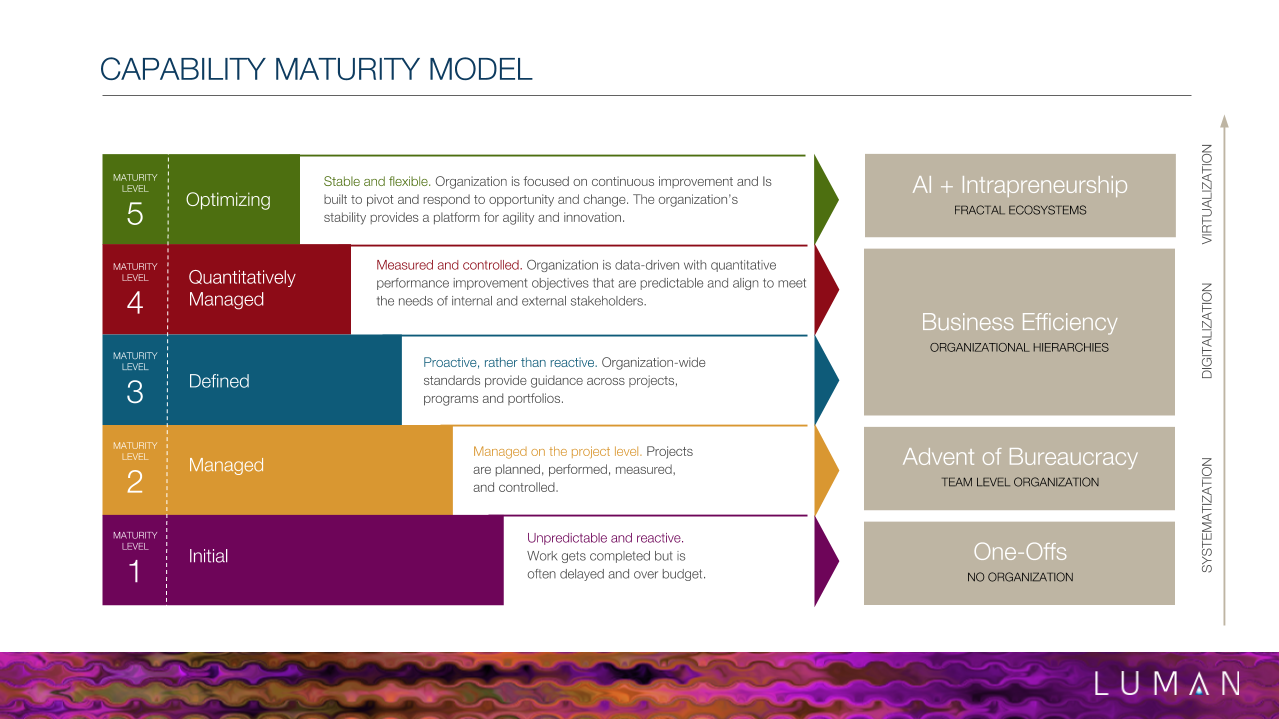
In a collaborative business context, some of the tools include design thinking, LEAN and agile work methods.
Self-Organization starts with scanning and integrating relevant signals, standing in possibility about the solution, having the tools to test for customer desirability, technical feasibility, and value creation. It is about clear collaborative agreement structures, intelligent systems design, conscious and responsible use of resources, and ultimately the ability to continue to launch.
The Future is ours to create
The previous capacities are a starting point to enable individuals to take charge of the future.
Rapid changes in our environments, natural, cultural and technological make top-down or bottom-approaches too slow. We will need to have leadership on all levels of organizations.
Based on shared core axioms like purpose and vision, future organizations will be more like multi-dimensional fractals than the linear organization structures we see today.
The three scenarios above are both frightening and inspiring. If we continue to ignore the massive changes — and transformations — ahead, Scenario One will ultimately lead to Scenario Two. The two are our current defaults. Scenario Three will only come to be if we reach a critical mass of individuals leading and behaving in new ways.
And it is up to each and every one of us to start this today — so consider this your invitation ????
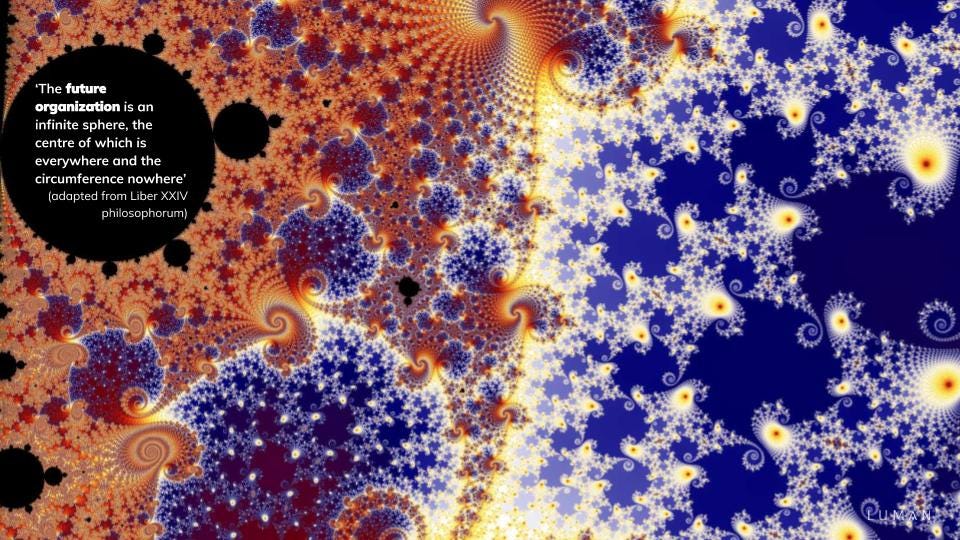
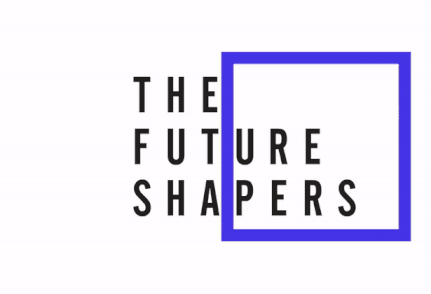
This article originally appeared on The Future Shapers, a global network of thought-leaders, innovation practitioners, business leaders, academics and speakers who have come together with the aim of helping businesses and other organisations to shape and create innovative futures.

